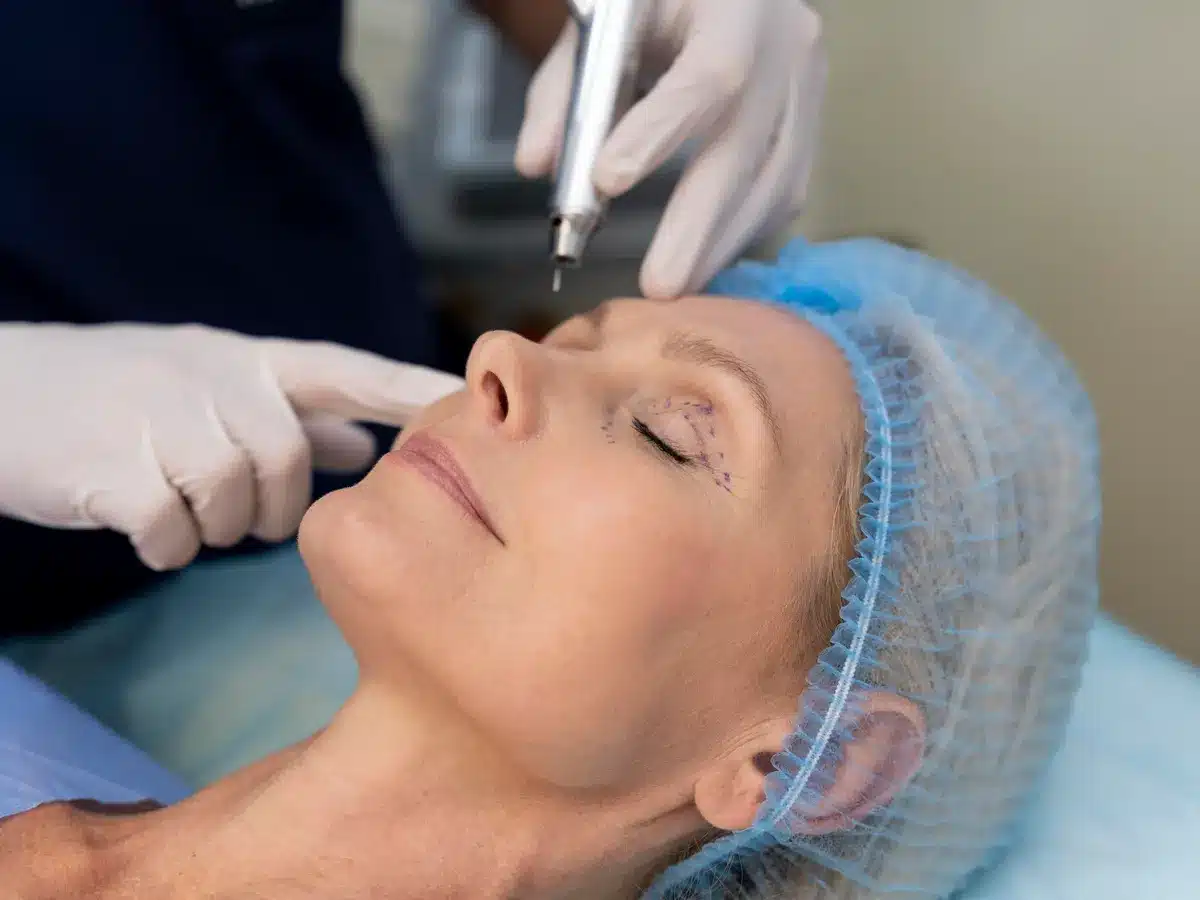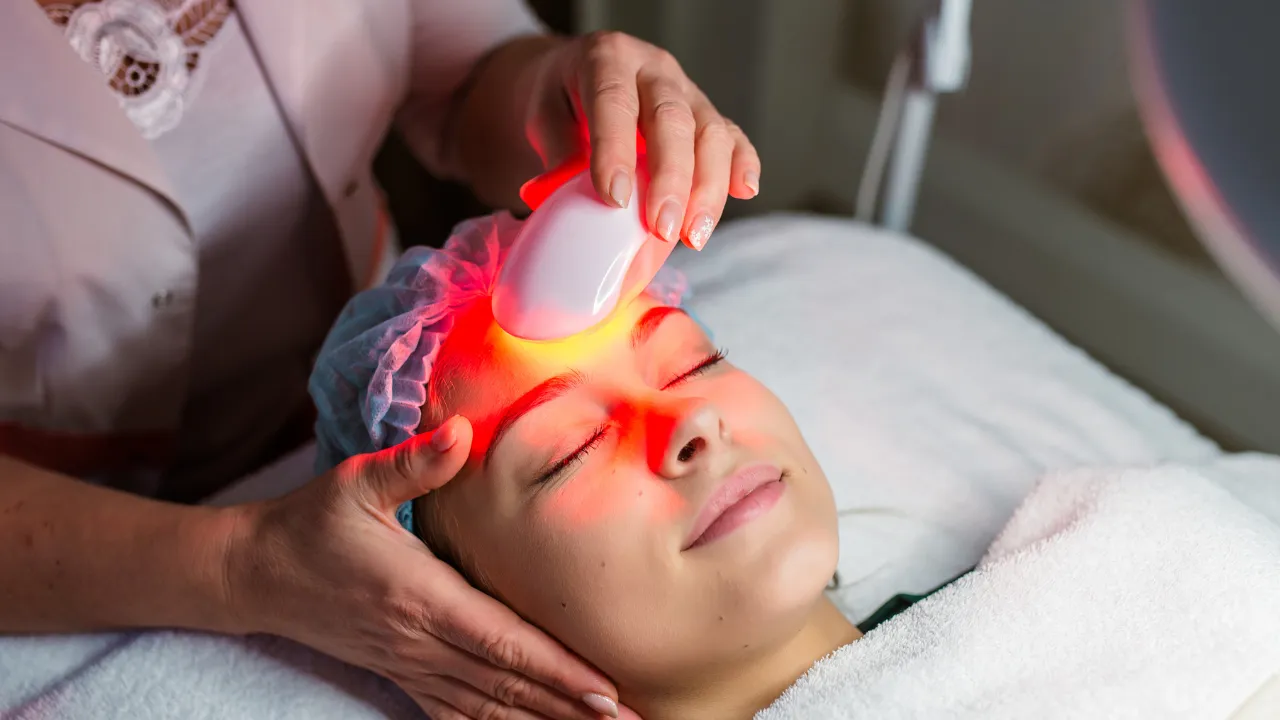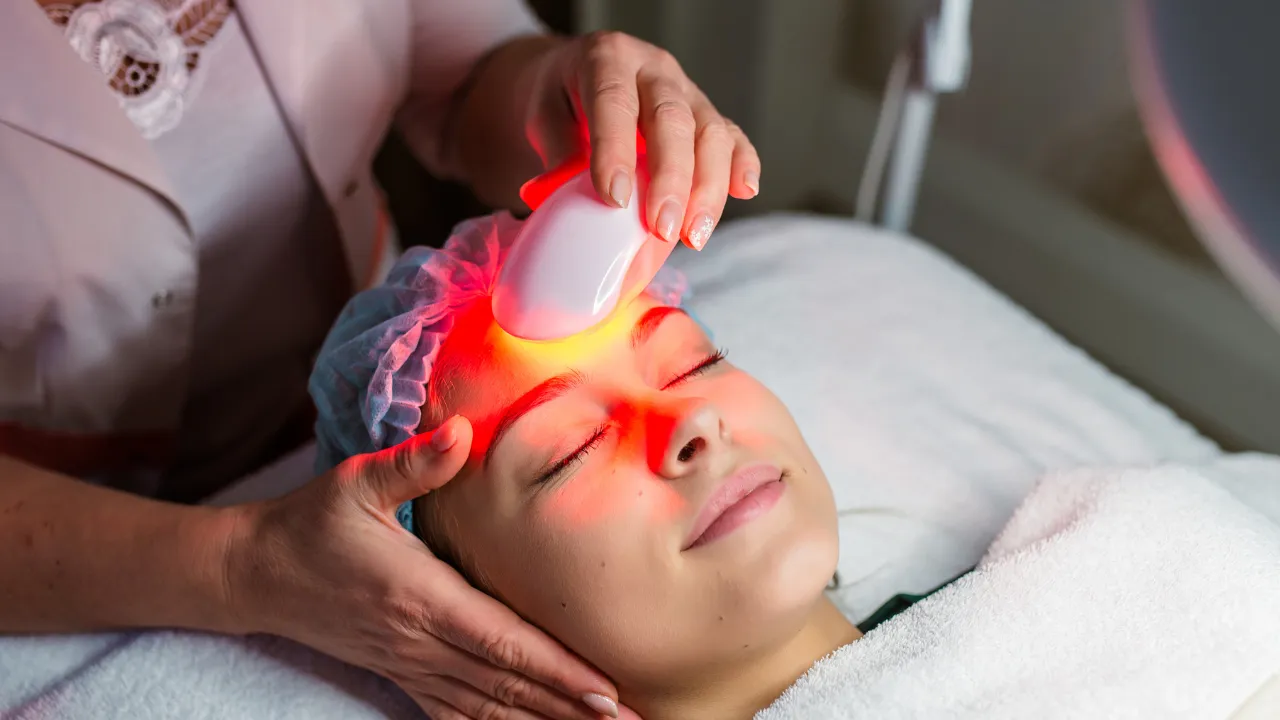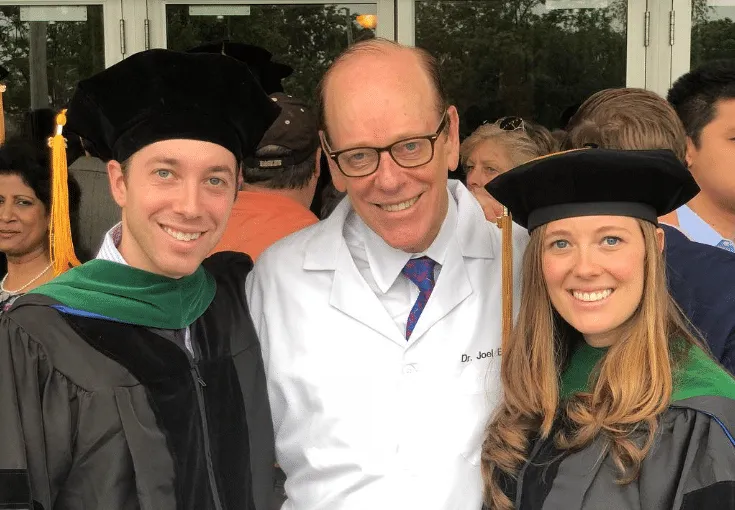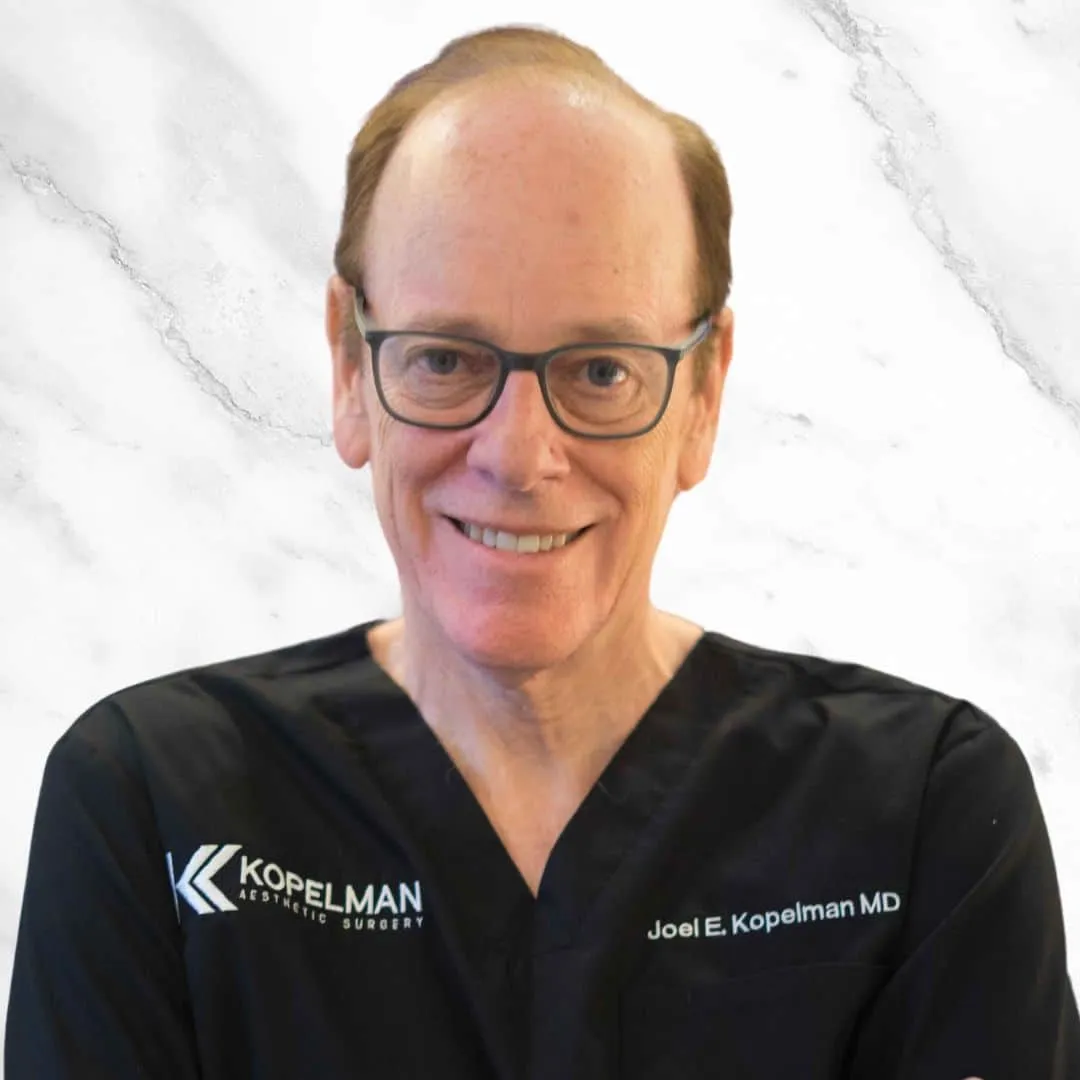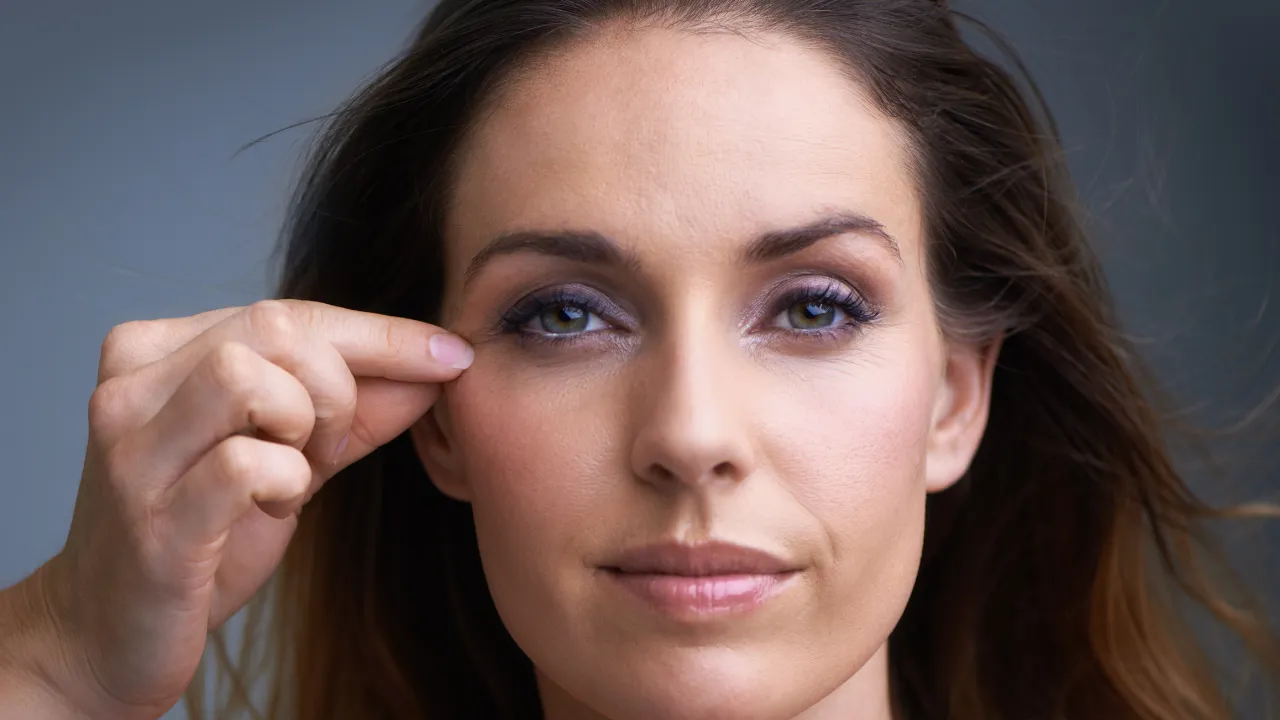If you’re asking how long ptosis surgery lasts, you’re not alone. At Kopelman Aesthetic Surgery in New York, Dr. Joel Kopelman offers patients over 35 years of experience in oculoplastic procedures, helping them achieve results that restore both function and appearance.
Key Takeaways
- Ptosis surgery results often last 10 to 15 years, and in some cases, the outcome may be permanent depending on the cause and method.
- Most patients recover within several weeks, with swelling improving early in the healing process and final results showing by six to eight weeks.
- Dr. Joel Kopelman is a board-certified oculoplastic surgeon who personalizes treatment plans based on eyelid structure, eyelid muscles, and patient goals.
- This article outlines ptosis surgery healing time, techniques, care tips, and answers to common questions for patients considering the procedure.
Table of Contents
ToggleUnderstanding Ptosis and the Surgery
Ptosis is a condition in which one or both eyelids sag, sometimes blocking vision or giving the appearance of a tired look. It may be caused by aging, trauma, or congenital ptosis. Patients with this condition often experience a droopy eyelid or feel a constant heaviness above the eye.
The goal of ptosis surgery is to restore proper eyelid position by tightening the levator muscle. This helps lift the eyelid and relieve strain on the surrounding eyelid muscles. The procedure is considered eye surgery and typically takes less than two hours.
For many, surgery provides both functional and cosmetic improvement, enhancing vision while reducing the appearance of drooping of the upper eyelid.
Types of Ptosis Surgery Techniques
Dr. Kopelman uses two primary methods: levator advancement and Müller’s muscle resection. Both are chosen based on the degree of eyelid droop and muscle strength.
Levator advancement is ideal for more pronounced ptosis. It works by tightening or repositioning the levator muscle. Müller’s muscle resection is used in milder cases where the muscle response is strong.
Each approach is tailored to the individual’s anatomy and the health of the eyelid muscles, which directly affects outcomes and the healing time after ptosis surgery.
How Long Do Results Last?
Most patients enjoy long-term results that last 10 to 15 years. Some experience permanent improvement, particularly when the ptosis is caused by aging or natural weakening of eyelid support.
Result longevity depends on:
- Severity of ptosis or congenital ptosis
- Quality of post-op care
- Elasticity of the eyelid skin
- Technique used and healing response
In rare cases, ptosis can return. Dr. Kopelman helps minimize this by carefully selecting techniques and following up.
Is Eyelid Ptosis Surgery Worth It?
Yes. Many patients gain better visual clarity and facial symmetry. Those with drooping of the upper eyelid often feel a noticeable improvement in daily comfort and self-confidence.
Improved eyelid position expands the field of vision, especially in patients whose upper eyelid was obstructing their sight. This can make everyday activities like reading and driving more comfortable and safer.
The functional and cosmetic benefits often outweigh the short recovery period. Insurance may cover the surgery when vision is compromised.
Dr. Kopelman provides clear explanations of risks, benefits, and expected results so each patient can make an informed decision.
Ptosis Surgery Before and After: What to Expect
Before surgery, Dr. Kopelman will examine your eyelids, review medical history, and discuss surgical goals. Measurements are taken to evaluate eyelid movement and strength.
Post-surgery, you may notice immediate changes. However, bruising and swelling are common, and final results take time. Typical outcomes include:
- Elevated eyelid height
- Better balance between eyes
- Improved contour of the eyelid skin
Photographs are often taken before and after surgery to assess results and guide care.
Ptosis Surgery Recovery Timeline: From Day 1 to Full Healing
The ptosis surgery healing time varies, but most patients follow a predictable recovery path:
First 3 Days
- Bruising and swelling begin, but are manageable
- Apply cold compresses and rest as instructed
Days 4–7
- Sutures may be removed
- Swelling starts to fade
Week 2
- Bruising resolves further
- Eyelid shape begins to normalize
Weeks 3–6
- Full eyelid function improves
- Final positioning becomes visible
Throughout the healing process, the tissues adjust to their new position. Dr. Kopelman monitors your recovery to ensure proper progress.
Post-Op Care Tips for a Smooth Recovery
Following instructions helps support healing and reduces the chance of complications. Key care guidelines include:
- Use cold compresses during the first 24 hours
- Keep your head elevated when sleeping
- Avoid strenuous activity and heavy lifting
- Take prescribed medications exactly as directed
- Avoid rubbing the eyes
- Delay wearing contact lenses until approved
- Wear sunglasses outside to protect your eyes
Inform Dr. Kopelman if you are taking blood-thinning medications before surgery.
When Will You See Final Results?
Most patients see meaningful improvements in eyelid shape and position within the first few weeks after surgery. The full healing process typically takes between two to three months.
The eyelid muscles continue to adapt during this time. Final results are typically visible after six to eight weeks, once the swelling has completely resolved.
Recovering from ptosis surgery is a gradual process, but with proper care and follow-up, patients can achieve lasting and natural-looking results.
Risks, Revisions, and Result Maintenance
Like all procedures, ptosis surgery carries some risks. These may include:
- Eyelid asymmetry
- Mild dry eye
- Over- or under-correction
Dr. Kopelman reduces these risks by tailoring the procedure to each patient’s anatomy. If needed, minor revisions can address any remaining concerns.
To maintain your results:
- Follow post-op instructions carefully
- Avoid eye trauma
- Attend follow-up visits
- Continue wearing sunglasses when outdoors
With proper care, results can last many years.
Cost and Expert Perspective
The cost of ptosis surgery depends on the method, whether one or both eyes are treated, and if insurance applies. Functional cases may be partially covered.
At Kopelman Aesthetic Surgery, costs are thoroughly discussed during your consultation. Dr. Kopelman is board-certified in ophthalmology and has specialized training in oculoplastic surgery, with extensive experience performing eyelid procedures.
His approach combines surgical precision and attention to cosmetic detail, making him a leading expert in this field.
Frequently Asked Questions
If you’re considering ptosis surgery or want to explore your treatment options, Dr. Joel Kopelman and his team are here to help. Schedule a personalized consultation today and take the first step toward a clearer vision and a more refreshed appearance.




